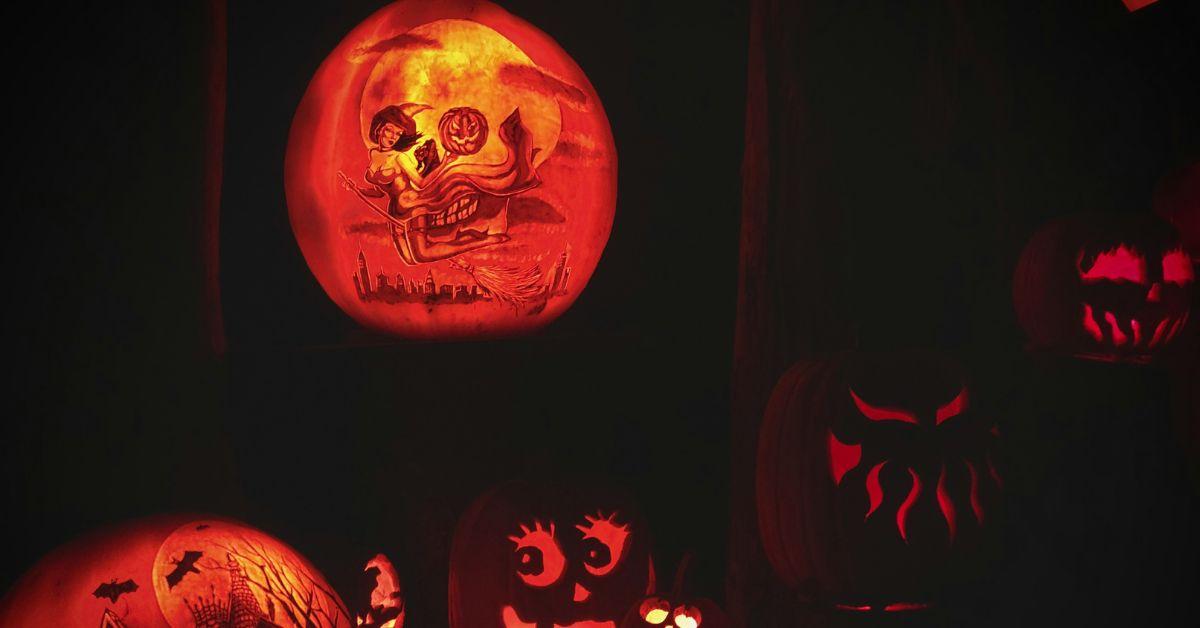Why Are Orange and Black Halloween Colors? The Real Meaning Behind the Tradition
There’s a deeper meaning behind Halloween’s color palette. Here’s how orange and black became symbols of both harvest and darkness.
Published Oct. 31 2025, 11:31 a.m. ET
Every October, stores and decorations explode in shades of orange and black. These colors have become so connected to Halloween that it’s hard to imagine the season without them.
But why are orange and black Halloween colors, and what do they actually represent?
The answer goes back thousands of years to ancient Celtic rituals that marked the changing seasons and the passage between life and death. While many now associate Halloween with candy and costumes, its color palette has a deeper meaning that ties directly to both harvest and darkness.
Let's take a closer look at the history of the colors and the stories behind them.
Why did orange and black become the colors of Halloween?
According to Irish Myths, orange and black were first linked to Samhain, a Celtic festival that celebrated the end of harvest and the beginning of winter. Orange represented firelight, warmth, and the last glow of summer’s bounty. Black symbolized death, night, and the cold season ahead. Together, they told a story of transition and served as a visual reminder that every ending gives way to something new.
During Samhain, people believed the veil between the living and the spirit world was at its thinnest. Bonfires lit the night to keep darkness at bay, and that's why orange was associated with Halloween, not because of pumpkins. In fact, they didn't use pumpkins for Halloween back then, but instead used things like turnips for their jack-o-lanterns.
Black was chosen because it represented death. Black isn't truly a color, but an absence of light, which carries forward a strong symbolic meaning. Over time, these ancient associations carried forward, blending with other customs to form what we now recognize as Halloween.
Modern culture and media cemented the orange and black tradition.
According to Today, orange and black became part of modern Halloween imagery through art, advertising, and pop culture.
Orange came to symbolize pumpkins, autumn leaves, and candlelight. Black represented mystery, night, and the unknown. When the holiday took root in the United States, these two colors became shorthand for the season itself: one full of celebration, yet shadowed by themes of mortality and fear.
While Halloween is often viewed as fun and playful, its colors remind us that there are serious themes behind it. Orange reminds us of light, warmth, and life. Black reflects endings, uncertainty, and the darker side of the spiritual world.
For some, this duality serves as a simple seasonal contrast. For others, it’s a reminder to stay mindful about what we celebrate and what we welcome into our lives because not everything is harmless fun.
The pairing of orange and black may have begun as ancient symbolism, but it still speaks to something timeless. These colors mirror the cycle of life itself, representing the warmth of harvest fading into the shadows of winter.
Their contrast reminds us that light and darkness always exist side by side, and every season, just like every soul, must decide which one to embrace.

